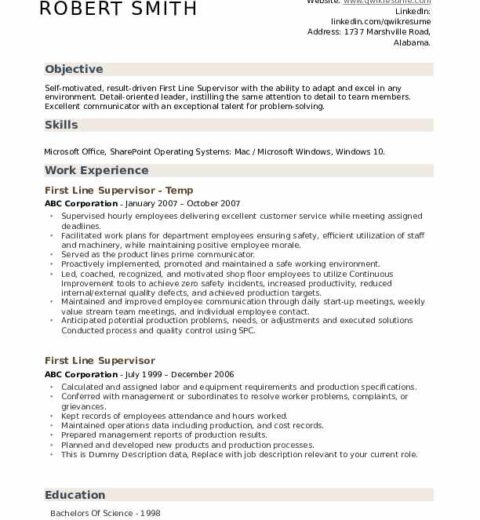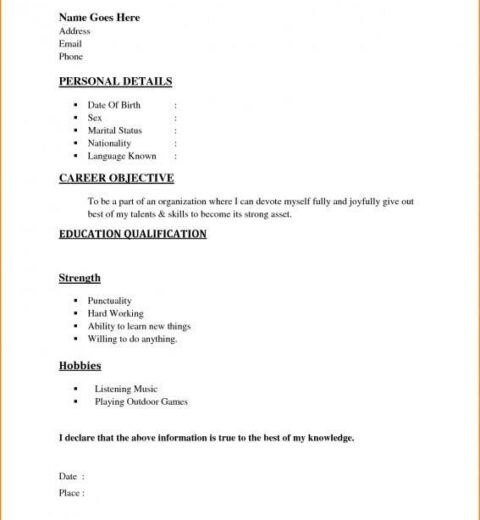In the competitive landscape of modern job hunting, a meticulously crafted resume serves as an individual’s passport to employment opportunities. A well-designed resume not only chronicles professional experiences but also encapsulates one’s unique abilities, appealing aesthetic, and a coherent narrative that captivates hiring managers. This article delves into the nuances of creating a compelling resume that stands out in a crowded applicant pool.
Understanding the pivotal elements that comprise an effective resume is essential. The first step in this journey is to recognize the various styles of resumes: chronological, functional, and combination formats. A chronological resume, which lists work experiences in reverse chronological order, is preferred by traditionalists. Conversely, a functional resume focuses on skills and qualifications, presenting employment history less dominantly. A combination resume merges these approaches, showcasing both skills and experience cohesively. Selecting the right format is crucial, as it should align with the applicant’s professional journey and cater to the expectations of the industry.
After choosing the appropriate format, the next focal point is the aesthetic appeal of the resume. A visually striking layout can make a distinct first impression. Employing a clean design with ample white space improves readability, while a tasteful use of colors can accentuate key sections. Subtlety is paramount; the design should enhance content, not overshadow it. Utilizing professional fonts such as Calibri or Garamond can impart a polished appearance, whereas excessive ornamentation may detract from the substance of the document.
Subsequently, one must pay meticulous attention to the content of the resume. The opening segment, typically the summary or objective statement, is an opportunity to define one’s professional identity succinctly. This should be a compelling elevator pitch that conveys not only what the individual has accomplished but also their career aspirations. Hiring managers often scan resumes within seconds, so this initial portrayal should ignite interest and invite further exploration.
Following the summary, it is imperative to list work experience with precision. Each position should include the job title, company name, location, and dates of employment. Descriptions should be action-oriented, utilizing strong verbs that convey competence and achievement. Phrases like “initiated,” “established,” or “spearheaded” create a sense of agency, while incorporating quantitative metrics can bring accomplishments to life. For example, stating “increased sales by 30% within six months” is far more impactful than generalized statements remaining devoid of context.
Furthermore, tailoring the resume to the specific job being applied for enhances its effectiveness. This requires a thorough examination of the job description to identify key skills and qualifications sought by the employer. By reflecting these attributes within the resume, candidates can create a synaptic connection with hiring decision-makers. Customizing a resume is not merely a recommendation but a necessity; the modern job paradigm favors candidates who demonstrate a clear alignment with organizational needs.
Another integral aspect of resume construction lies in the inclusion of relevant skills. This section should not be a mere checklist but a strategic articulation of both hard and soft skills pertinent to the position. Hard skills, such as proficiency in specific software or industry techniques, complement soft skills, like communication and teamwork abilities. Balancing both categories conveys a well-rounded candidate, adept at navigating various challenges within professional settings.
Incorporating educational credentials is equally significant. This section should include the degree earned, institution attended, and graduation date. If applicable, noteworthy accolades, honors, or certifications should be highlighted, especially those that align with the job in question. However, it is crucial not to obfuscate this section with extraneous details; a succinct presentation is much more impactful.
As one nears the conclusion of the resume, diversifying its content with additional sections can lend depth to the narrative. Including volunteer work, professional affiliations, or relevant projects demonstrates a commitment to personal and professional development. Each additional section constructs a more holistic view of the candidate, enriching the overall impression. Perhaps an intriguing anecdote from a volunteer experience could encapsulate a candidate’s dedication and initiative.
Equally important is the conclusion of the resume; a simple “References available upon request” suffices, allowing the focus to remain on the qualifications and merits outlined earlier. This phrase signals to employers that the candidate is open to providing verifiable endorsements of their work ethic and expertise, laying the groundwork for further dialogue.
Finally, once the resume is drafted, a thorough proofreading process is indispensable. Typos and grammatical errors can undermine the credibility of even the most remarkable resume. A second pair of eyes—whether a friend or a mentor—can provide invaluable feedback. Moreover, various online tools can assist in identifying mechanical errors or even suggest stylistic improvements.
In conclusion, crafting the perfect resume requires a harmonious blend of format, content, and aesthetic appeal. By remaining cognizant of these elements and tailoring the document thoughtfully to each application, candidates can elevate their chances of making a memorable impression. The journey of job seeking is multifaceted; a premier resume can be the beacon guiding candidates toward their ideal career path. Embrace the art of resume writing as an opportunity to encapsulate not just a professional history, but a striking first impression that resonates long after the first read.




